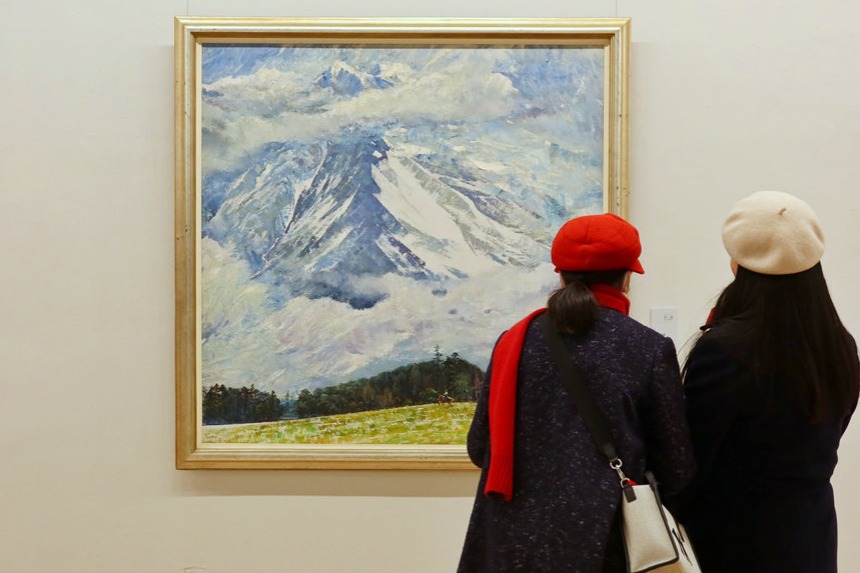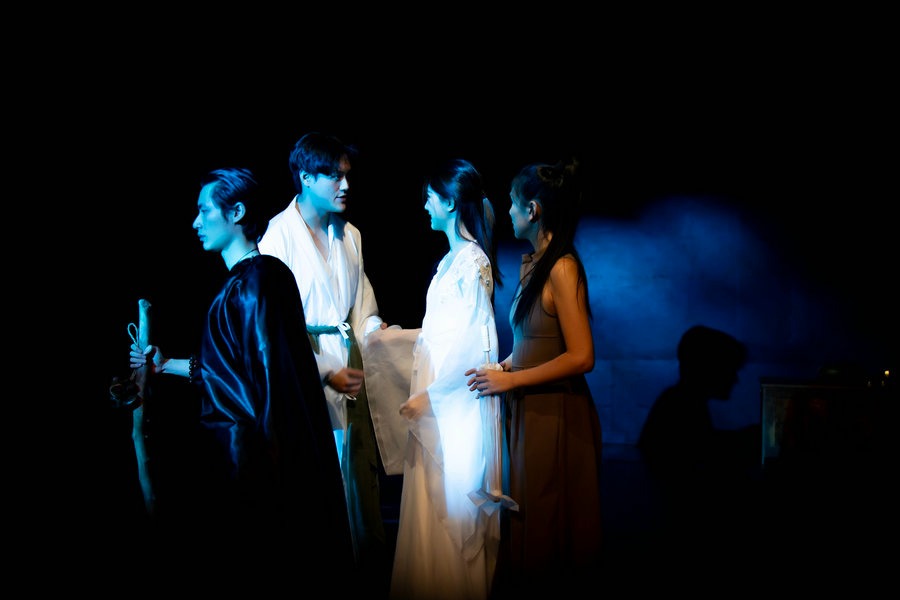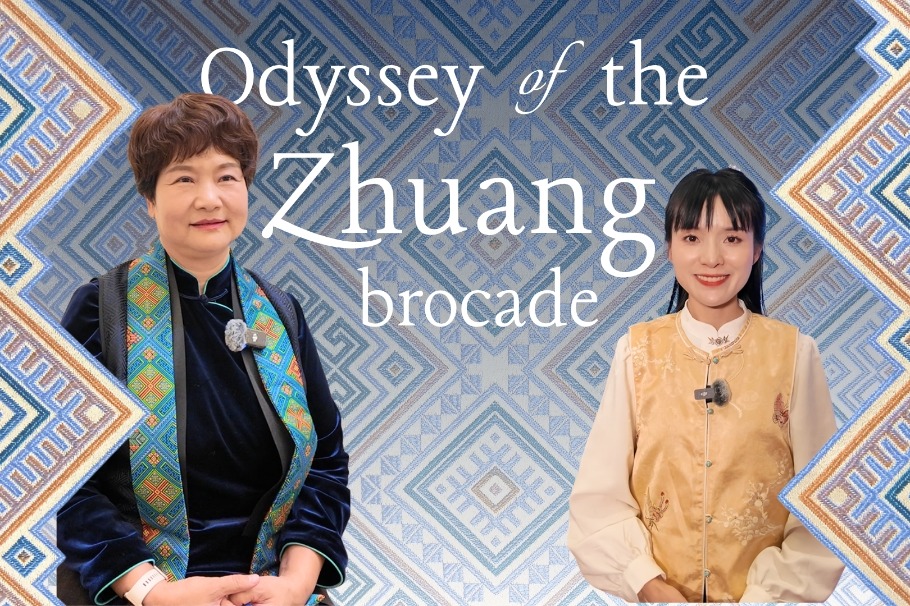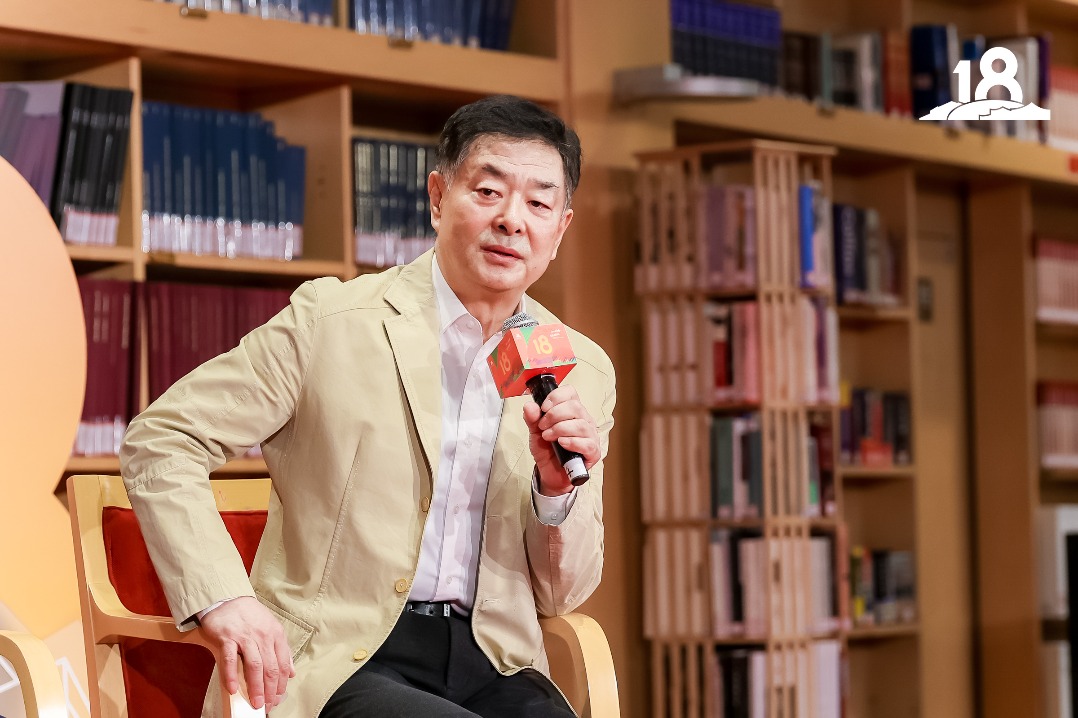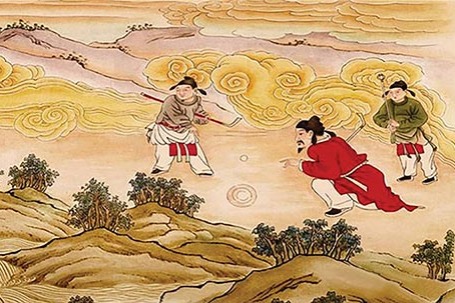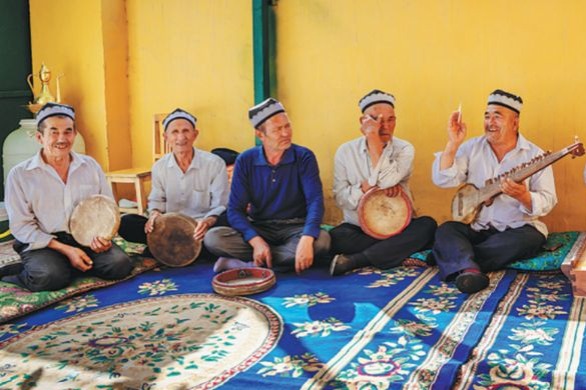Ancient cliff discoveries shed light on region's past

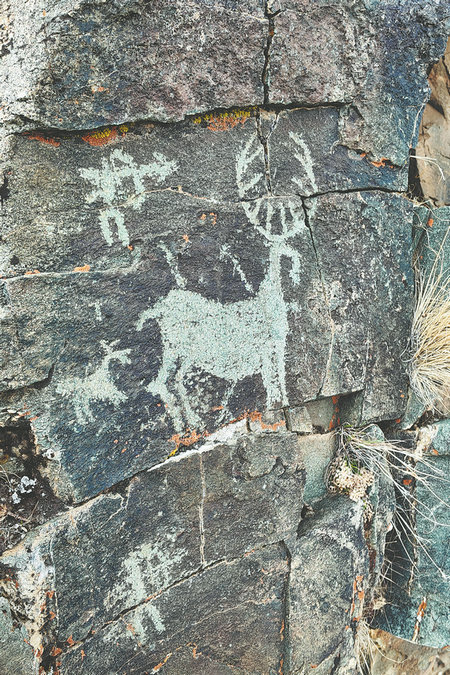
Yeshe Chodron, a member of Lhasa City's fourth national cultural relics survey team, states that the inscriptions found explicit characteristics of the Ming Dynasty (1368-1644). Above the Buddha's knees is a sun motif, which symbolizes protection and auspiciousness in the local culture, while below is an inscription of the six-syllable Tibetan mantra, weathered by time.
"This discovery not only attests to the close interactions between the central government of the Ming Dynasty and the local Tibetan authorities, as well as the deep integration of Han and Tibetan cultures, but also enhances our understanding of the formation and development of China's multiethnic unity," says Yeshe Chodron.
Nearby, a rock painting depicting vibrant images of deer and yaks was found. The carving technique generally involves a dense point-chiseling method, characteristic of Tibetan style. These high-relief carvings serve as pictographic historical records of ancient Tibetan ancestors, offering a glimpse into their spiritual world.
The rock paintings reveal vast information about the production activities, social lives and aesthetic concepts of ancient people, providing a vivid illustration of humanity's journey from a primitive society to civilization.
Yeshe Chodron says that although the age of the rock painting is yet to be determined, discovering such art in a traditional agricultural area like Nyemo county is rare, as they are usually associated with pastoral environments.
The local government is currently working on a scientific protection plan. Experts suggest using local materials to construct a temporary protective shelter, such as stones from the riverbank, as the site is partially submerged in the Yarlung Zangbo River during the rainy season.
Discussions with the regional cultural relics research institute are ongoing to determine the appropriate protective measures.
Yeshe Chodron says that after the sites were opened to the public, many residents visit to worship.



















